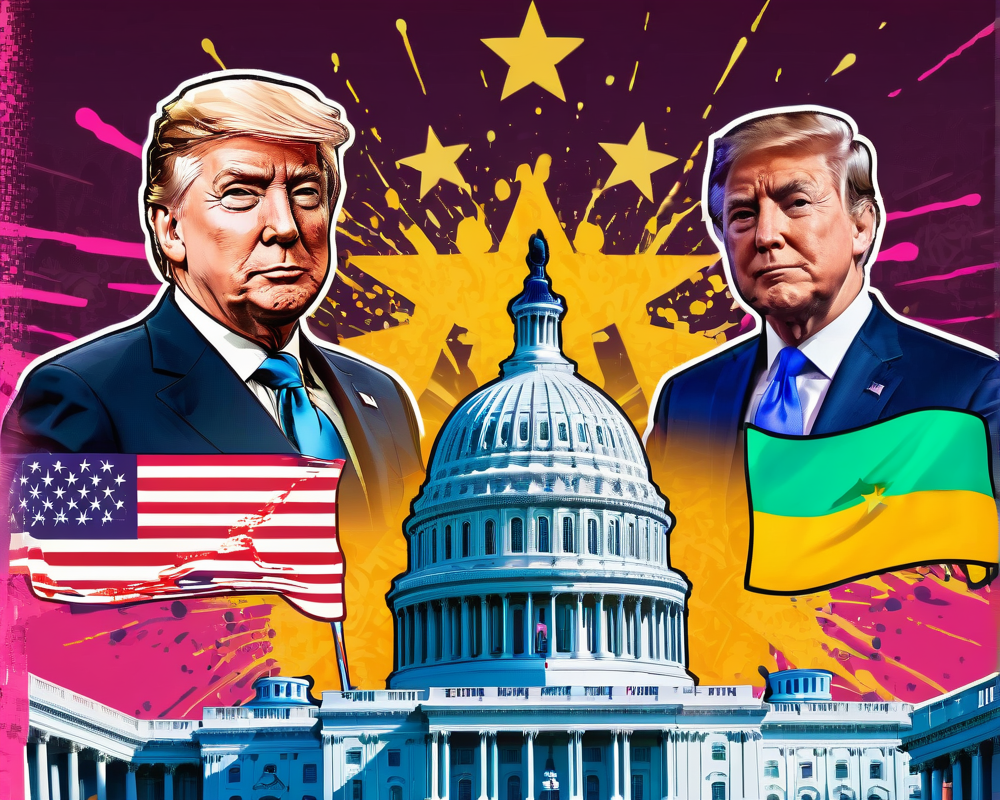Congressional Hearing Overview
On May 18, the United States House of Representatives held a hearing concerning the regulation of stablecoins, a hot topic in the financial sector. The House Committee on Financial Services’ newly formed Subcommittee on Digital Assets, Financial Technology, and Inclusion gathered experts to review two proposed legislative drafts aimed at establishing a framework for stablecoin operations.
The Proposed Bills
Two contrasting proposals emerged during the session. The first was a Republican-backed bill introduced in April, while the second, authored by Ranking Member Maxine Waters, took shape in response to a previous attempt that failed to pass in the last congressional session. These bills reflect the ongoing tug-of-war between state and federal regulatory power.
Key Disagreements: A “Race to the Bottom”?
One of the main sources of contention was the concept of a “race to the bottom” in state-level regulation. The Republican bill allows stablecoin operators the discretion to choose their registration state, bypassing oversight from the Federal Reserve. Supporters argue this approach could create a safety net that prevents overly lax regulations. Yet, Democrats weren’t as convinced, advocating for stronger federal oversight to ensure consistency.
A Middle Ground on Regulation?
Industry expert David Portilla offered a nuanced perspective on the debate, suggesting that federal regulations could enhance uniformity while allowing state regulations to foster diversity and innovation. He suggested a dual structure where a baseline regulation exists, tailored to the issuer’s size, rather than a one-size-fits-all approach. In this scenario, smaller issuers might be subject to different standards to encourage growth.
The National Interest in Stablecoins
Concerns over national interests were a recurring theme. Rep. Brad Sherman expressed apprehension that a dollar-backed stablecoin could threaten the fiat dollar’s dominance, potentially undermining U.S. sanctions abroad. Meanwhile, venture capitalist Matt Homer pointed out the inevitability of stablecoin development, arguing for a U.S.-regulated framework that promotes innovation rather than allowing offshore issuers to operate outside scrutiny.
The Call for Regulatory Certainty
Pro-crypto voice Warren Davidson reiterated the urgency for regulatory clarity, suggesting a plethora of innovators are looking elsewhere for jurisdiction to launch their ventures. Meanwhile, Robert Morgan of the USDF Consortium highlighted the potential benefits of tokenization for traditional banks, describing it as a promising alternative path for navigating this complex regulatory landscape.
Conclusion: A Path Forward?
As these legislative drafts move forward, the debate over state versus federal regulation in stablecoins remains a defining issue. With a landscape that continues to evolve, the urgency for a cohesive regulatory framework that balances innovation with stability is more critical than ever.




